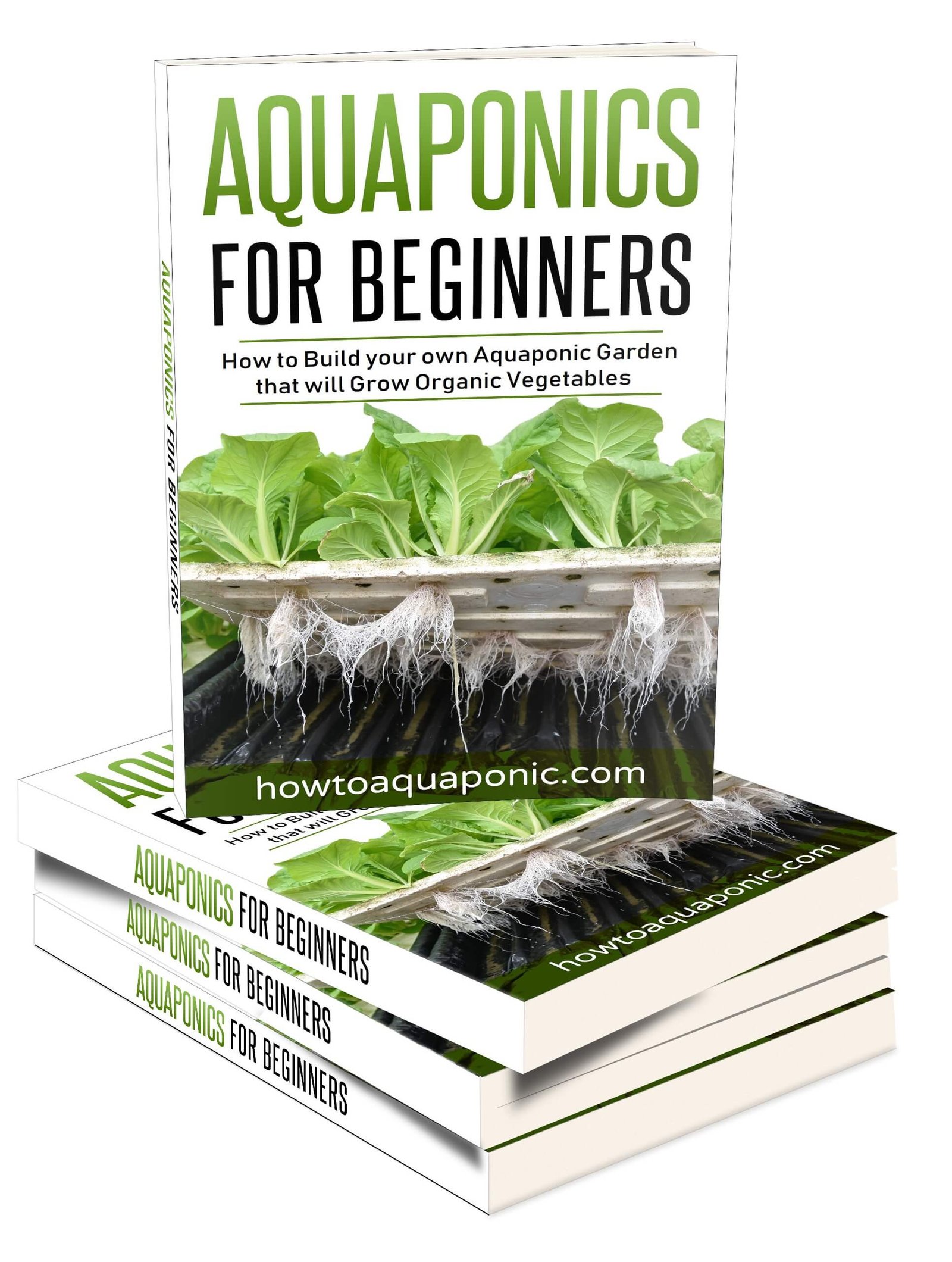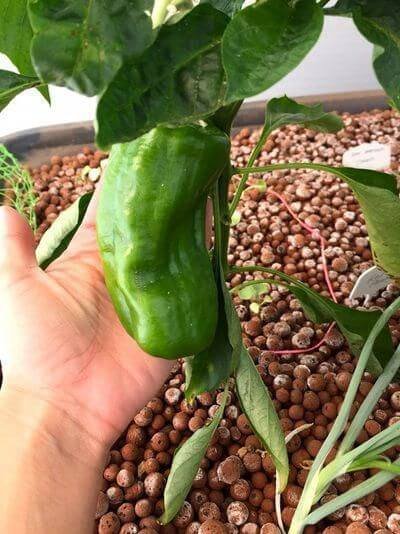The humble pepper is an important ingredient in many different dishes around the world. It can add a little flavor or even some heat to your favorite recipe. However, they are not always easy to grow in the traditional way. That’s why it’s time you considered growing aquaponics peppers.
You’ll have the great flavor but the peppers will be grown in less time and you can have them all year round.
It’s worth noting that there are actually hundreds of different types of pepper. Most of them fall under 4 main genus, which can help you to narrow down the qualities you’re after in your pepper.
- Piper which includes black pepper, white, and even green.
- Capsicum which includes bell peppers, chilies, and even cayenne pepper; the hot peppers.
- Pimenta for allspice and all varieties starting with pimento.
- Red pepper, including chili powder, red bell peppers, and the Savina
In short, most of these aquaponics peppers need the same environment to grow; you simply need to choose your plant or plants before you get started. If this is your first tie you’ll find it’s a great idea to stick to traditional bell peppers; they generally grow very well in an aquaponics system.
 I have written a book that contains all the information you need to get started with aquaponics.
I have written a book that contains all the information you need to get started with aquaponics.
Don’t be the person that makes painful mistakes during your first aquaponics build!
It has 265 pages filled with information about aquaponics. It’s available in paperback or eBook format.
You can buy it here on Amazon.com
Preferred Temperatures
You already know peppers prefer to grow in warm environments; that’s why most people grow them in the soil will have them inside a greenhouse. It is worth noting that you’ll get a better yield if you create a trellis structure for our plants; this will keep the peppers up from the ground and allow your aquaponic peppers system to flourish.
Water temperature
Peppers prefer to have their roots in water that is at least 60°F and can be as warm as 70 or even 75°F. If the water temperature goes over 80°F then the peppers are likely to be deformed.
However, it is worth noting that the hotter the type of pepper the more tolerant it will be of warmer water.
Air temperature
Getting the air temperature right is also important. If you’re planting seeds and want them to germinate then you’re going to need air temperatures between 70°F and 90°F.
Although they can germinate at lower temperatures the process will be slower and, if it goes below55°F germination will not happen at all.
Once the seeds have germinated the air temperature can be kept between 70°F and 85°F during the day. At night it’s a good idea to let the air temperature cool, between 55°F and 65°F is acceptable.
Water Ph
Getting the pH right is an essential part of a successful aquaponics peppers system. They refer the pH to be between 5.5 and 6.5, although they can tolerate it up to 7.
Are peppers nutrient demanding plants?
In general, the pepper plant is hardy and not excessive demanding. It does like sunlight and the right temperature and pH as mentioned above.
But, perhaps the most important thing to check regularly is the nitrate levels; they need between 20-120ppm. This will support initial growth but to ensure flowering and ultimately fruiting are successful, you’ll need to make sure there is plenty of potassium and phosphorous in the water.
The best way of growing peppers in aquaponics
Peppers grow best when they have plenty of sunlight. If you live in a mild climate then you’ll need the greenhouse to give them the sunshine and the warmth. However, if you live in a warmer climate you may simply be able to keep the plants outside.

There are actually several good choices for growing pepper plants. However, before you start you need to be aware that each plant can be between 1 and 3 feet tall and approximately the same width. The leaves overhang the peppers and protect them from direct sunlight.
You will need to consider having a framework to support the plants as they grow. If they fall on top of each other growth of the plant and the peppers will be stunted.
The media bed is the obvious and potentially best choice. The best media to use will be clay pebbles or expanded shale, as they are both pH neutral. Alternatively, gravel is a good option as it is dense, making it better at offering support for your growing plants.
A word of caution regarding gravel is necessary. It is the cheapest media but it will need to be washed to ensure limestone is not present; if it is you’ll find the pH level of your system climbing. It is also not very efficient at holding water, although this shouldn’t be an issue to the pepper plants.
However, if you’re wondering how to grow peppers in aquaponics differently, then the wicking bed, which warms faster and holds heat better could be a great alternative for your aquaponics peppers system.
The wicking bed is fantastic for any type of root crop. Effectively it lifts the crops above the water from your fish, allowing the plant roots to access it as and when they need it. In essence, this is the basics of any aquaponics system.
The main difference is that this provides a constant flow of water, as opposed to the flood and drain approach, which does not appear to be as successful when dealing with aquaponic peppers. This approach is used in traditional gardening but without the added benefit of fish waste, nutrient-rich water.
Where to get peppers from?
You can pick up pepper plants virtually anywhere. However, if you’re getting them from your local garden store then make sure you remove as much of the soil as possible; this will reduce the risk of bacteria getting into your aquaponics peppers.
You can also purchase pepper plants that have been specifically grown for this in an aquaponics system, you may even have a local expert near you. If this isn’t an option then the internet can provide the contacts you need to get your aquaponics peppers system started and flourishing.

Nick loves building, managing and giving others advice on aquaponics. He created this website to do just that. He is the author of Aquaponics for beginners. If you got a question contact him here or read more on the about page here.
